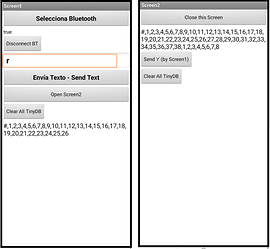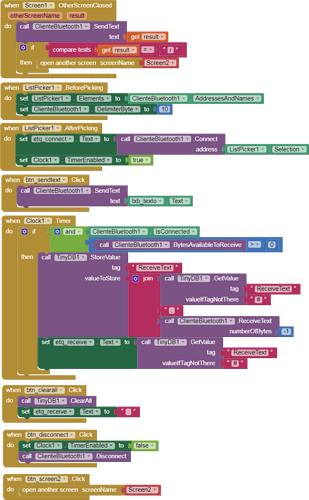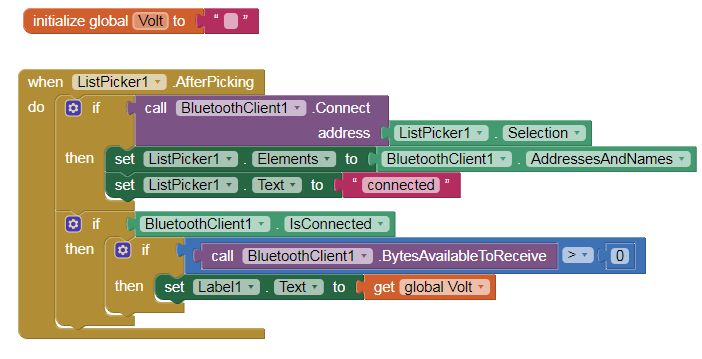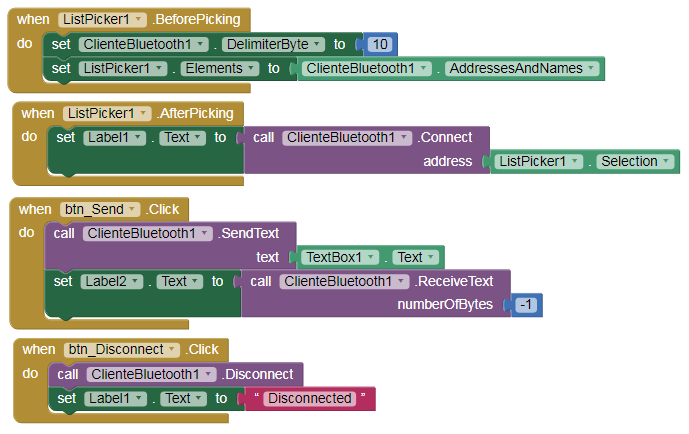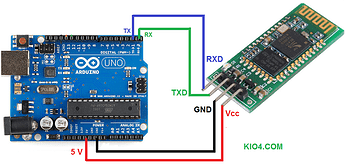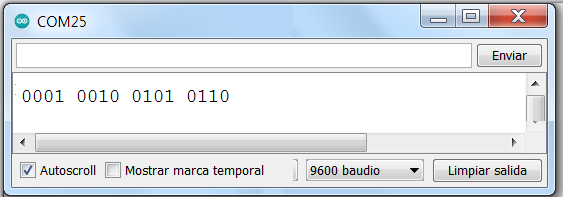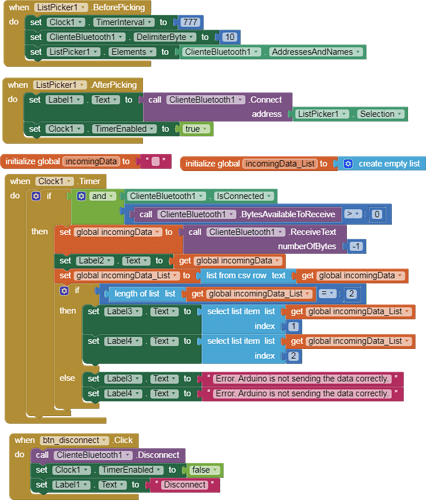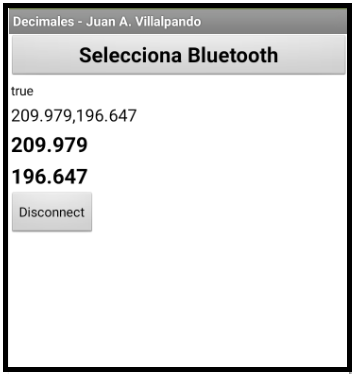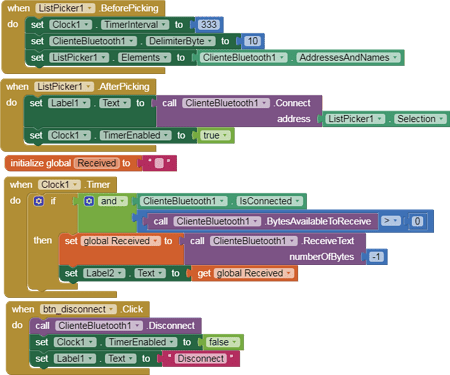Estou precisando fazer com que no aplicativo comunique com o arduino a partir dessa programação:
#include <LiquidCrystal.h>
float vazao; //Variável para armazenar o valor em L/min
float media = 0; //Variável para fazer a média
int contaPulso; //Variável para a quantidade de pulsos
int i = 0; //Variável para segundos
int Min = 00; //Variável para minutos
float Litros = 0; //Variável para Quantidade de agua
float MiliLitros = 0; //Variavel para Conversão
LiquidCrystal lcd(8, 7, 6, 5, 4, 3);
void setup() {
Serial.begin(9600);
lcd.begin(16, 2);
lcd.setCursor( 0, 0);
lcd.print("Sensoriamento de");
lcd.setCursor( 0, 1);
lcd.print(" fluxo de Agua ");
delay(3000);
lcd.clear();
pinMode(2, INPUT);
attachInterrupt(0, incpulso, RISING); //Configura o pino 2(Interrupção 0) interrupção
}
void loop () {
contaPulso = 0;//Zera a variável
sei(); //Habilita interrupção
delay (1000); //Aguarda 1 segundo
cli(); //Desabilita interrupção
vazao = contaPulso / 5.5; //Converte para L/min
media = media + vazao; //Soma a vazão para o calculo da media
i++;
lcd.setCursor(0, 0);
lcd.print(vazao); //Escreve no display o valor da vazão
lcd.print(" L/min "); //Escreve L/min
lcd.setCursor(0, 1);
lcd.print(Min);
lcd.print(":"); //Escreve :
lcd.print(i); //Escreve a contagem i (segundos)
lcd.print("Min "); //Escreve :
MiliLitros = vazao / 60;
Litros = Litros + MiliLitros;
lcd.print(Litros);
lcd.print("L ");
// Neste conjunto de linhas fizemos a média das leituras obtidas a cada 1 minuto
if (i == 60) {
Min++;
lcd.print(Min);
if (Min >= 60) {
Min = 0;
}
media = media / 60; //faz a média
Serial.print("nMedia por minuto = "); //Imprime a frase Media por minuto =
Serial.print(media); //Imprime o valor da media
Serial.println(" L/min - "); //Imprime L/min
media = 0; //Zera a variável media para uma nova contagem
i = 0; //Zera a variável i para uma nova contagem
}
}
void incpulso () {
contaPulso++; //Incrementa a variável de pulsos
}
a onde a montagem do circuito é a seguinte
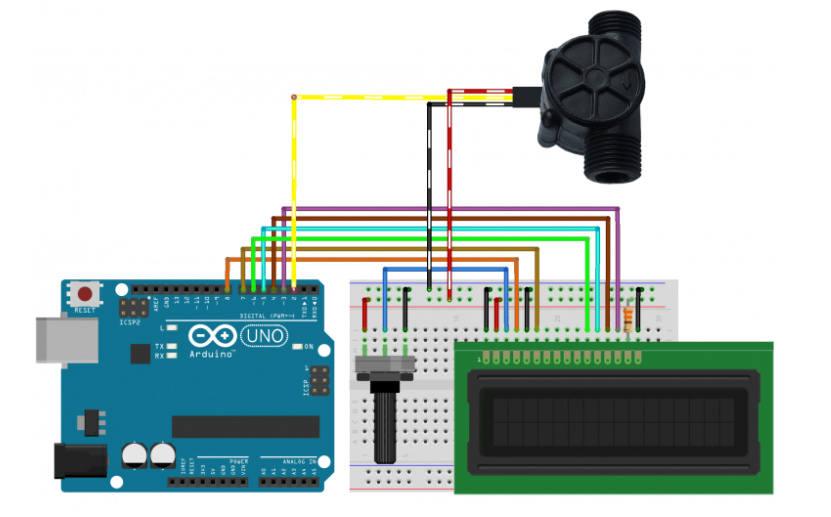
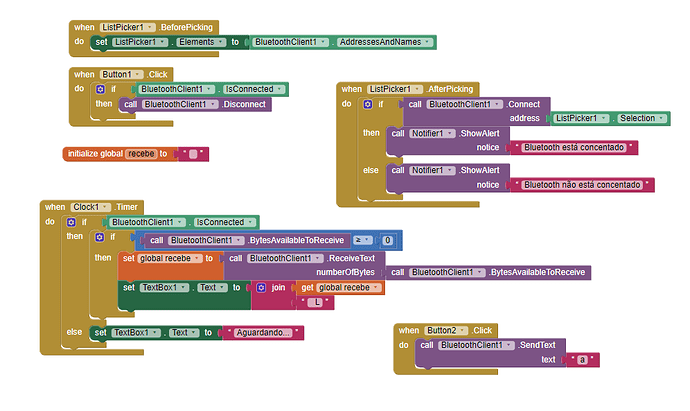


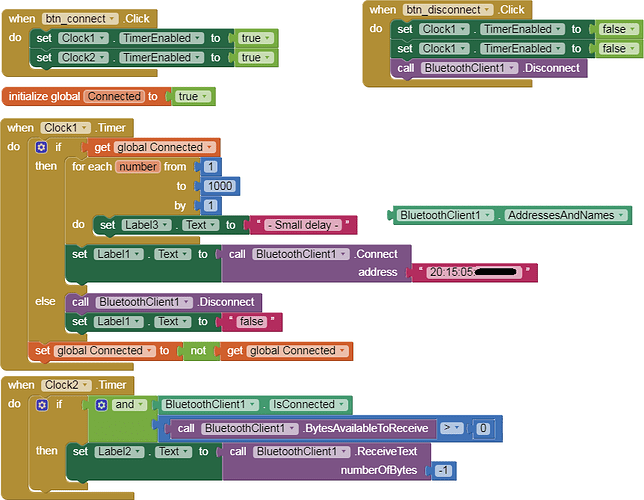

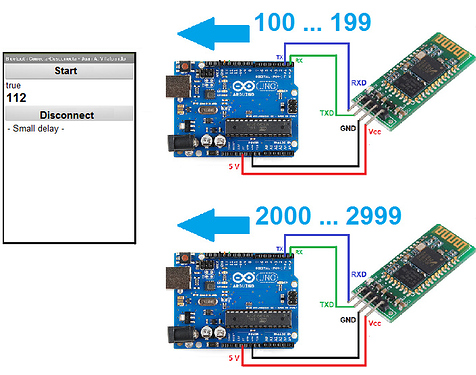

 For the app to work it must be installed.
For the app to work it must be installed.